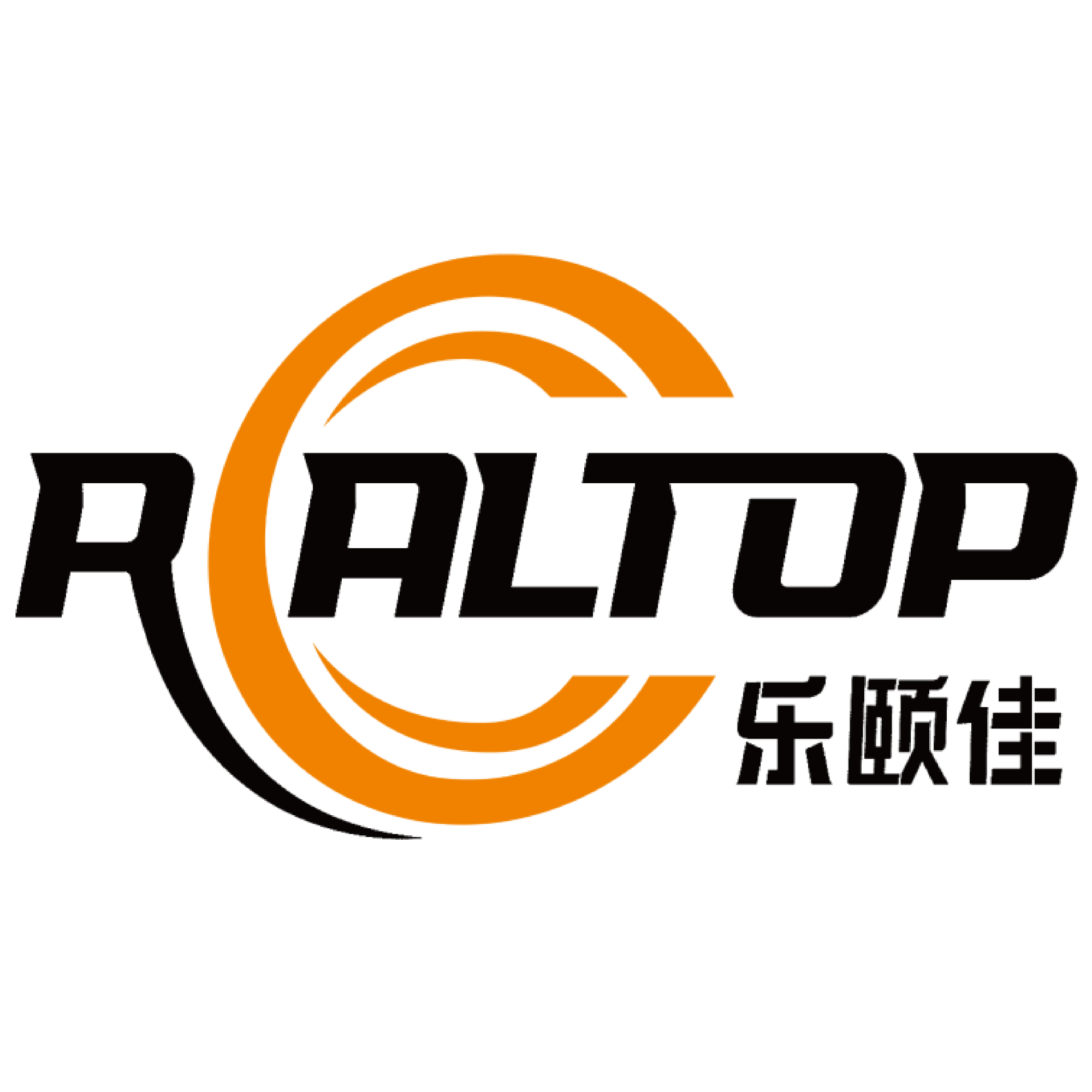Understanding Composite Cutting Machine Investments
When companies decide to invest in composite cutting machines, they face multiple upfront costs right from the start. The main ones usually cover buying the actual machine itself, getting it installed properly at the facility, plus covering the cost of training staff how to operate it safely. Operator training matters a lot too because studies show trained workers make fewer mistakes during operation while also boosting overall machine output. There are other things to think about beyond just those basics though. Some businesses find themselves spending extra money on special features or when integrating new software systems into existing workflows. Support contracts might be needed as well depending on equipment complexity. Good training programs actually pay off in the long run since they cut down on costly mistakes and help boost production rates across the board. Looking at all these different investment aspects helps organizations prepare better for implementing composite cutting tech successfully without unexpected financial surprises down the road.
Comparing Composite Cutters to Traditional Alternatives
Looking at composite cutters versus old school cloth cutting machines shows some pretty clear benefits. These newer tools just work faster plain and simple which means factories can crank out products quicker. Sure they cost more money up front compared to what's been around forever, but when we look at all those years down the road? The math adds up in favor of composites most of the time. Take traditional gasket cutting machines for example they might be cheaper to buy initially but companies switching over to composite systems tell us their workers get about 30% more done each day. That kind of jump in productivity really pays off over time, especially when talking about running operations smoother and saving cash in the long run. For shops wanting better results without sacrificing quality, composite cutters seem like smart money even if the price tag looks steep at first glance.
Long-Term Financial Benefits Analysis
Reduced Material Waste & Operational Efficiency
Composite cutting machines cut down on material waste quite a bit thanks to smart algorithms that figure out the best way to lay out materials. Some studies show companies save anywhere between 15% and 25% on material costs after switching to composite systems, which obviously helps boost profits. These machines also work faster because they take less time to set up and produce more pieces each hour, so they're pretty valuable for manufacturers. Traditional fabric cutting equipment just doesn't compare when it comes to keeping operations running smoothly without much downtime. Composite systems keep production moving along at full speed most of the time, which makes them both economical and practical choices for shops looking to improve bottom line results while maintaining high output levels.
Maintenance Cost Comparison: Composites vs. Cloth/Felt Cutters
Looking at maintenance costs tells us composite cutting machines beat out traditional cloth or felt cutters hands down. These newer machines don't need as much upkeep because they have fewer parts moving around and components that last longer. Industry research shows businesses save around 40 percent on maintenance over five years when switching to composites. While the upfront cost might be steeper, companies actually spend less overall in the long haul. Composite cutters just break down less often, so there's no constant stopping production for fixes or replacing worn out parts. This means fewer headaches during manufacturing runs and keeps everything running smoothly day after day. Most manufacturers find these savings stack up month after month, making composite systems worth the extra dollars spent initially for better bottom line results down the road.
Productivity Gains in Industrial Applications
Speed Advantages Over Gasket Cutting Machines
Composite cutting machines blow away traditional gasket cutting equipment when it comes to speed, with some shops reporting throughput jumps over 50% after switching. The time savings mean manufacturers can knock out bigger orders without extending their work hours, which naturally boosts bottom line profits. Industry pros have seen how these machines completely change shop floor dynamics, moving seamlessly from one cutting job to another without wasting precious minutes on setup changes. Faster processing doesn't just cut delivery times either it gives companies breathing room to handle rush jobs and unexpected volume spikes that would cripple older systems. For businesses looking at long term investments, the speed gains translate directly into real money saved and opportunities seized in competitive markets where every minute counts.
Precision Benefits for Complex Composite Shapes
Composite cutters come packed with some pretty impressive tech that allows them to slice through complex shapes with remarkable accuracy while making mistakes almost impossible. What this means in practice is significantly lower rework rates and better material yields overall. For sectors like aerospace manufacturing or car part production, where getting measurements right down to fractions of a millimeter matters a lot, these precise cuts make all the difference. Industry insiders who've worked on aircraft components know firsthand how crucial accurate cuts are when dealing with specifications that leave no room for error. Beyond just meeting standards, precise cutting actually saves money by reducing waste and corrections later on. Manufacturers benefit from getting more usable parts out of each batch of composite materials. The whole point really comes down to quality control and dependable results, which explains why composite cutters have become so important in modern factories. Their ability to handle tough jobs reliably also opens doors for new product designs that would be impossible with older methods.
Comparative Analysis with Alternative Cutting Solutions
Cardboard Box Cutter vs. Composite System Throughput
Looking at how cardboard box cutters stack up against composite cutting systems shows pretty clearly that composite ones perform better overall. These composite systems handle multiple layers and thicker materials without slowing down much at all. Take a look at real world testing results and we find composite systems processing way more material within the same time frame as traditional cutters, sometimes pushing through 50% more volume. Factories switching to these composite setups often see their cardboard processing efficiency jump around 60%. That means big time savings on the floor and better production numbers across the board. Companies can actually keep up with rising customer demands while running their operations smoother than before.
The push for better efficiency and performance has led many manufacturers to switch from old school methods to composite systems, and honestly, it's made a real difference in how much they can produce. When companies adopt these new cutting technologies, something interesting happens the difference in production speed between different materials and conventional setups starts to shrink quite a bit. For instance, some factories report up to 30% faster processing times when working with certain composites compared to their previous equipment. No wonder we're seeing so many plant managers and operations heads gravitating toward composite based solutions these days. It just makes sense for businesses looking to stay competitive while keeping costs under control.
Energy Efficiency: Rolling Fabric Cutters vs. Composite Tech
Keeping energy usage under control during cutting operations is becoming increasingly important across manufacturing sectors. Many companies are turning to composite cutting tech because it simply uses less power than traditional rolling fabric cutters. Some real world tests have found that switching to these new methods cuts down on electricity bills by around 30 percent in certain plants. The savings from reduced energy consumption translate directly into lower day-to-day running costs, which makes a big difference for manufacturers always looking to trim their bottom line without sacrificing production quality.
Switching to energy efficient tech makes sense for companies wanting to hit their sustainability targets, something that's becoming increasingly important as industries push forward with greener initiatives. Many manufacturing firms are now looking at ways to cut down on power usage, and composite materials in cutting processes seem like a good bet for them. The benefits go beyond just saving money on bills though. When factories adopt these methods, they show they care about reducing waste and pollution, which matters a lot in today's market where customers want to know their products aren't harming the planet. Plus, governments around the world are starting to impose stricter regulations on carbon emissions, so getting ahead of this curve is smart business strategy too.
Risk Assessment & ROI Calculation
Mitigating Technical Risks in Composite Operations
In composite cutting operations, spotting possible technical problems before they happen matters a lot. Things like equipment failures or workers lacking proper skills can really slow things down when left unchecked. That's why many companies invest time in good training programs for their staff and regular maintenance schedules for machines. Research indicates that taking this kind of forward-thinking approach cuts down on machine stoppages and makes the whole operation run smoother day after day. Beyond just avoiding headaches, this kind of planning creates stability that helps keep production going strong even when unexpected issues pop up.
Break-Even Timeline Analysis for Different Industries
Businesses looking at composite cutting machines need to run some sort of break even timeline analysis before making the purchase. This helps figure out when they can expect to start seeing money back from the investment. What's interesting is how this analysis looks different depending on what industry someone is in. Big manufacturers who produce lots of stuff tend to get their money back faster compared to smaller shops with lower production volumes. Looking at actual numbers from companies that have made the switch shows quite a few hit their break even point within just one year after installing these composite systems, especially if they're running them pretty much non stop. The bottom line here is that companies should really think about how their particular business works when planning investments like this, because matching equipment choices to specific industry needs makes all the difference in getting good financial results without wasting resources.
Table of Contents
- Understanding Composite Cutting Machine Investments
- Comparing Composite Cutters to Traditional Alternatives
- Long-Term Financial Benefits Analysis
- Productivity Gains in Industrial Applications
- Comparative Analysis with Alternative Cutting Solutions
- Energy Efficiency: Rolling Fabric Cutters vs. Composite Tech
- Risk Assessment & ROI Calculation
 EN
EN
 AR
AR
 FR
FR
 DE
DE
 IT
IT
 KO
KO
 PT
PT
 RU
RU
 ES
ES



